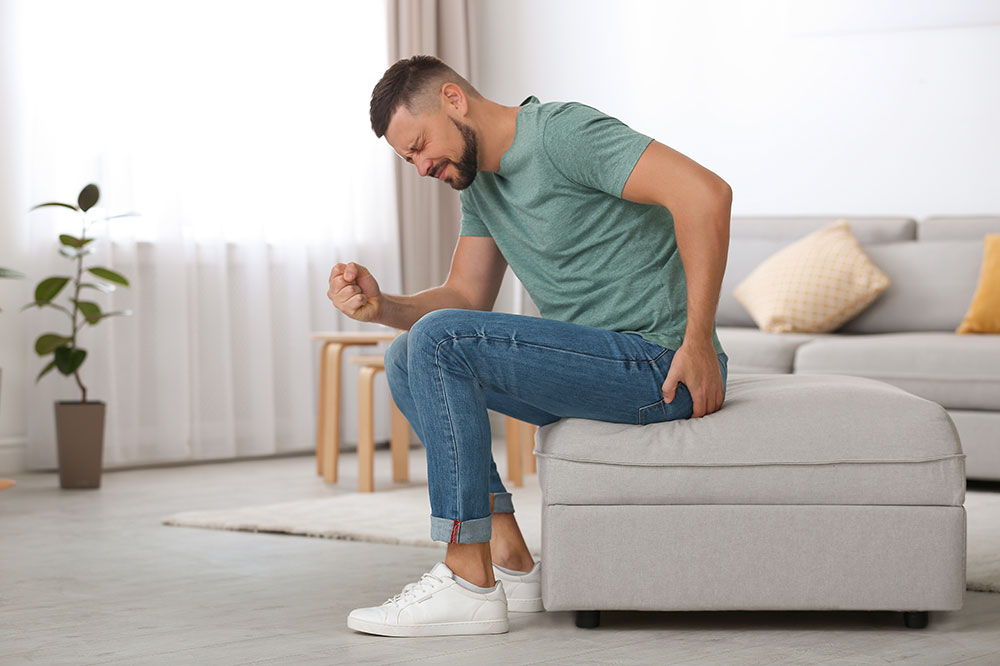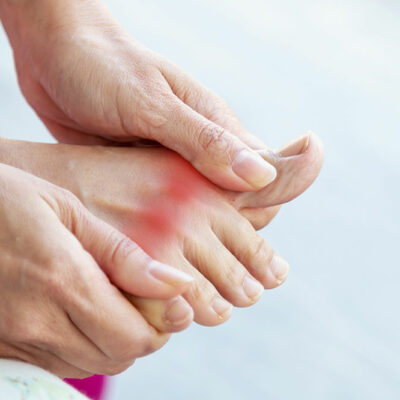
Hemorrhoids – Types and Their Symptoms
Hemorrhoids, commonly known as piles, are swollen veins in the anus and lower rectum. They lie just beneath the mucous membranes. They can develop inside the rectum (internal hemorrhoids) or around the anus (external hemorrhoids). They are one of the most common causes of rectal bleeding, and three out of four adults experience this condition at least once in their lives. Fortunately, most of the time, hemorrhoids go away on their own.
The exact cause of hemorrhoids is difficult to determine. According to experts, it occurs when a person has chronic constipation or exercises too much pressure during a bowel movement. It can also happen when an individual sits for a long time on the toilet seat. All of these activities stop the blood flow from the anus, leading to swelling of the vessels.
Hemorrhoids are also common during pregnancy since the uterus is enlarged and presses against the veins. Other causes include chronic diarrhea, old age, and eating less fiber in daily meals. Being overweight can also put pressure on the tissues and cause hemorrhoids.
Mentioned below are the types of hemorrhoids and their symptoms:
1. Internal hemorrhoids
These are not visible and occur inside the rectum. Internal hemorrhoids often result in painless bleeding when one has a bowel movement. While most internal hemorrhoids are invisible, sometimes they may protrude from the anus. These are known as prolapsed hemorrhoids. They look like moist bumps and appear pinker than the surrounding area. They will typically shrink back in a few days.
Mucus and microscopic feces particles get accumulated around the area when hemorrhoids protrude. This can result in itchiness and irritation known as pruritus ani. Internal hemorrhoids’ signs and symptoms include blood in feces, a swollen bump around the anal region, irritation and itchiness, and pain during bowel movement caused by protruding or prolapsed hemorrhoids.
2. External hemorrhoids
This type develops under the skin outside the anus. External hemorrhoids are painful, lumpy, and can cause itchiness. A thrombosed hemorrhoid is characterized by a blood clot that forms inside a hemorrhoidal vein. It obstructs blood flow and causes painful swelling of the anal tissues. Blood clots can turn purple or blue and can result in further pain and itchiness.
The overlying skin under the blood clot can erode and result in irritation. A lump may be noticed around the anus, which is usually a sign of a clot. External hemorrhoids also lead to the formation of skin tags. They are not bothersome; however, if the patient feels discomfort, they can be removed surgically.
Common signs and symptoms of external hemorrhoids include itchiness or discomfort around the anal region, pain or discomfort during a bowel movement, swelling near the anal area, blood in stool, blood clot near the anal region, and fecal leakage.


